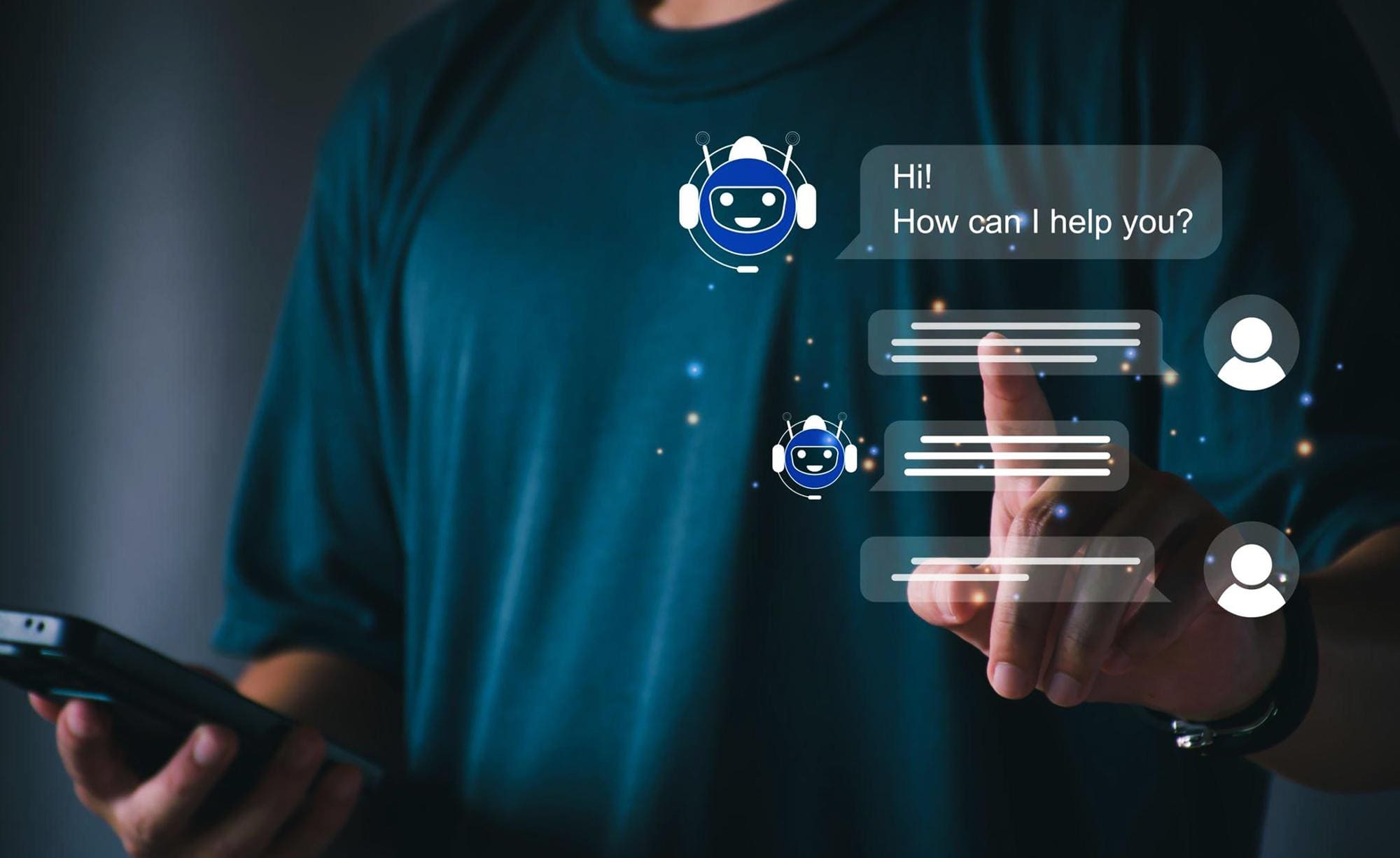The Problem: Building Isn’t the Hard Part—Trust Is
It’s never been easier to build a chatbot.
In just a few clicks, organizations can fine-tune LLMs, deploy conversational agents, and claim they’ve “integrated AI.” But here’s the real test: Will people actually use it? And more importantly—will they trust it?
In enterprise deployments and public-sector pilots alike, AI chatbots often start with good intent but stumble when it comes to clarity, usability, and governance. Whether the chatbot is answering HR queries or surfacing sensitive policy data, users want more than just answers—they want confidence that those answers are accurate, ethical, and accountable.
This is where responsible design matters. Not just what the chatbot says, but how it was built, what it connects to, and who’s accountable for what it delivers.
Responsible AI Begins With Boundaries
Through practical deployments of AI copilots across business functions and compliance-heavy domains, we’ve found that responsible AI starts with one thing: well-defined boundaries.
It’s not enough to build a technically sound chatbot. It must:
- Use reliable, auditable data
- Stay aligned with business and ethical priorities
- Follow a clear interaction structure
- Be designed for ongoing evaluation and evolution
This thinking led to the creation of the CASE framework—a practical lens for building AI chatbots that earn trust, not just traffic.
Introducing the CASE Framework
The CASE framework brings structure to AI chatbot design. It ensures your system doesn’t just function, but operates responsibly within its environment.
C – Connect to Reliable Data
A chatbot is only as trustworthy as its data. Connecting it to validated, policy-aligned, and domain-specific sources ensures responses reflect the right context—especially in internal or regulated environments.
A – Align With Goals and Guardrails
What does success look like? Alignment with both business value and organizational ethics sets a clear direction. This is where you define use cases, scope, and “red lines.”
S – Structure the Conversation
Chatbot UX is part of governance. A well-structured flow guides users, manages expectations, and mitigates risk. It also ensures fallback actions, disclaimers, and human handoff paths are embedded—not added later.
E – Evaluate and Evolve
Even responsible AI needs iteration. CASE emphasizes metrics beyond accuracy: user satisfaction, failure rate, escalation frequency, and relevance drift. Governance is a living layer—feedback loops are vital.
Real-World Impact: Why CASE Works
We applied the CASE framework across a range of use cases—from internal policy copilots to frontline HR bots—and here’s what we observed:
- Chatbots built with clear C.A.S.E. structure saw 2x faster adoption across teams
- Escalation rates dropped due to better fallback handling
- Stakeholders in legal, compliance, and security signed off faster because the system was auditable from Day 1
By embedding these characteristics post-launch, governance becomes a living layer—not a one-time design artifact.
Best Practices to Embed CASE
-
Centralized Document Grounding
Use enterprise-approved SharePoint, Confluence, or internal databases for source connection. -
Define Scope and Escalation Rules Early
Ensure stakeholder input during the planning phase—not after go-live. -
Monitor in Production
Use dashboards to track user sentiment, response quality, and business impact. -
Keep the CASE Documentation
Document the chatbot’s CASE blueprint: its scope, sources, review cycles, and fallback logic.
Final Thoughts
AI chatbots are no longer a novelty—they’re becoming enterprise-critical systems. But to move from pilot to production, trust must be built into the system from the start.
The CASE framework isn’t just about compliance—it’s a path to adoption. When users, stakeholders, and leaders trust the chatbot’s behavior, governance transforms from a constraint to a capability.
If you’re building AI agents that scale across business units or public-facing platforms, start with CASE.
Because responsible AI isn’t reactive—it’s architectural.
